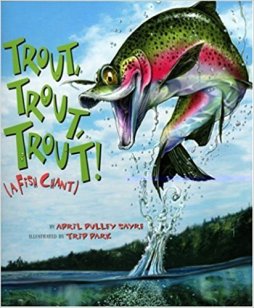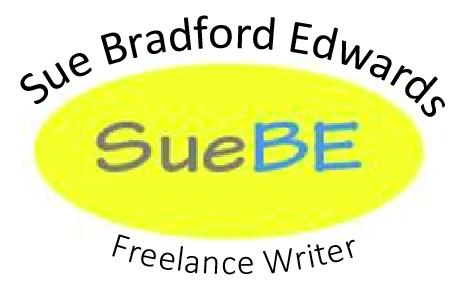 One of the poetic forms that we studied in Peggy Archer’s workshop was the chant. The example that Peggy gave was from April Pulley Sayre’s Trout, Trout, Trout! I have to admit, I didn’t see myself writing a chant so I didn’t take a lot of notes.
One of the poetic forms that we studied in Peggy Archer’s workshop was the chant. The example that Peggy gave was from April Pulley Sayre’s Trout, Trout, Trout! I have to admit, I didn’t see myself writing a chant so I didn’t take a lot of notes.
Bad, bad me. Because the other when I was supposed to be paying attention to something else (like choir rehearsal), I started playing with the rhythm’s of bird names. Single syllable names were slower. Multi-syllable faster. I needed both and I was going to need quite a few. Before long I was compiling a list by first letter with different columns for different syllable counts. That a word list came into play isn’t entirely surprising since Peggy emphasized how helpful create a list can be as she works on a new poem.
In about ten minutes, I had a fair list bit I also had almost no idea what had been going on around me. Sigh. I put away my list and decided to pay attention instead of reading more about chants.
When I did get home so that I could do a bit of reading, here is what I discovered:
The chant may be the oldest poetic form.
It is called a chant because of the rhythm formed by repetition.
This repetition can be a single word or a line.
The repetition is important but it isn’t the be-all and end-all of the chant. Something in the poem has to change. That’s what makes it interesting.
Rhythm is a bit part of the chant, which could be why I was inspired to play with this form in choir.
Do a Google search and you can find numerous examples of chant poetry. Some are short while others are quite long.
Me? What I was playing with didn’t resemble any of the examples I found online. I want to read all of Trout, Trout, Trout! since it was the catalyst. I just hope I can pull something together without getting totally lost in choir.
–SueBE
